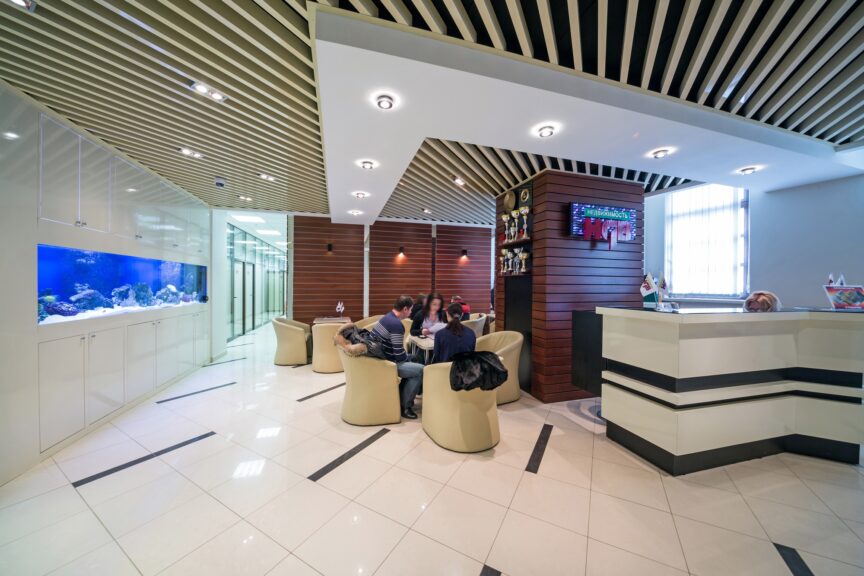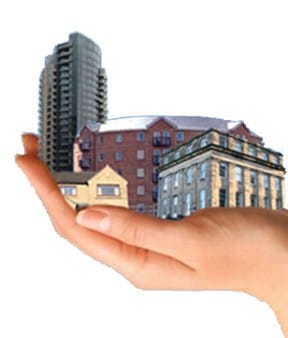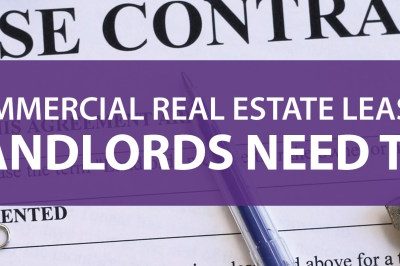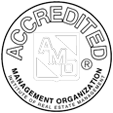The 411 On CAM Charges or Common Area and Maintenance Charges

If you’ve been wondering what common area and maintenance fees are and what they cover, you’re not alone. A very common question about commercial leases is, “What are common area and maintenance fees?” So let’s break it down:
Common area and maintenance fees are also referred to as CAM fees and go towards the operating expenses of a property. CAM fees are in Triple Net leases, along with insurance and property taxes. Commercial tenants pay CAM fees as part of their lease agreement in addition to the cost of the lease. Generally, each tenant in the property pays a pro rata share of the CAM fees based on the square footage that they rent.
What Services Are Included In CAM Fees?
CAM fees apply to industrial, retail and office properties and they cover things like:
- Janitorial
- Administration
- Portering
- Indoor and Outdoor Lighting
- Security
- Landscaping
- Sewage
- Parking Area Maintenance
While all of a property’s tenants share the cost of common area maintenance, in some cases, there may be select tenants that pay additional CAM fees for common amenities or services used only by them. A good example of this is an office building that has a cafeteria and vendors that sell food. The vendors who sell food may pay additional CAM costs for the frequent cleaning and sanitizing of the cafeteria area since they are the only ones benefiting from that space.
How To Calculate CAM Fees
Every tenant pays CAM fees based on the size of the space they rent. However, the fees fluctuate. So, in order to figure out how much a tenant owes, for the purpose of the lease, an estimate is used. The estimate is based on the past cost of the services that are included in the CAM fees. Each tenant is responsible for paying the estimated fee each month in addition to the agreed upon lease rate.
Tenants Annual CAM Expenses = (Tenant’s Square Footage/Gross Leasable Area of Property) x Property’s Total Estimated Annual CAM
CAM Caps and Floors Terms
Because there are a number of factors that affect CAM fees, it can be difficult to predict the fluctuation and accuracy of these charges. In order to protect both the landlord and the tenant, CAM caps and floors can be negotiated in the lease. CAM caps limit the percentage by which tenant fees can increase from year-over- year or year-over-base and may be cumulative or compounded. Additionally, in the event that CAM charges are lower than the cap, the cap is null and a floor may come into effect. A CAM floor budgets a minimum increase in charges in anticipation for fees to increase in the future. This helps to prevent a drastic inflation of the rate from a year to year basis.
CAM Audits
If initial CAM charges are only estimates, how is the tenant protected from overpaying?
When the fiscal year ends, the property manager conducts an audit. If the actual cost of the CAM charges is lower than the total amount the tenant has paid monthly within the past year, the difference between the actual cost and the estimated cost is returned to the tenant or applied as a credit to the next year’s CAM fees. These recoveries are also known as reconciliations, true-ups, pre-bills, or billbacks.
On the contrary, if the actual cost of the CAM charges is higher than the quoted fee that the tenants have been paying, the tenant is responsible for paying the difference to the landlord. This is where having a knowledgeable and attentive property manager is a major benefit to both the landlord and the tenant. The property manager can evaluate mid-year CAM expense averages and reconfigure estimates so that both parties are not blind-sided if initial estimates were drastically inaccurate.
It is important to have representation on both the landlord and tenant side to help navigate these lease premises and best protect each party. If you are in need of representation and/or a property manager, Southpace offers brokerage and property management services with agents specializing in all commercial property types. Give us a call today! 205-326-2222









